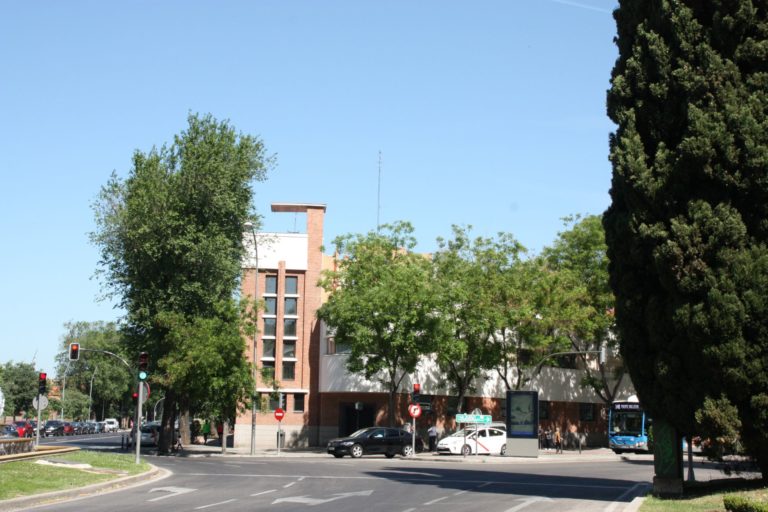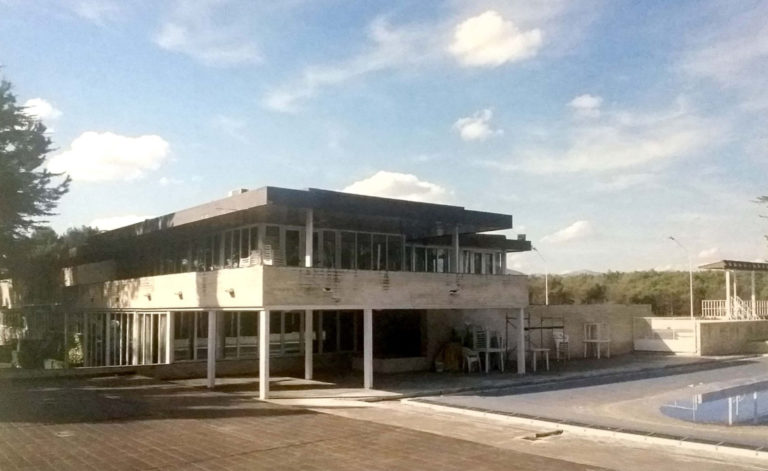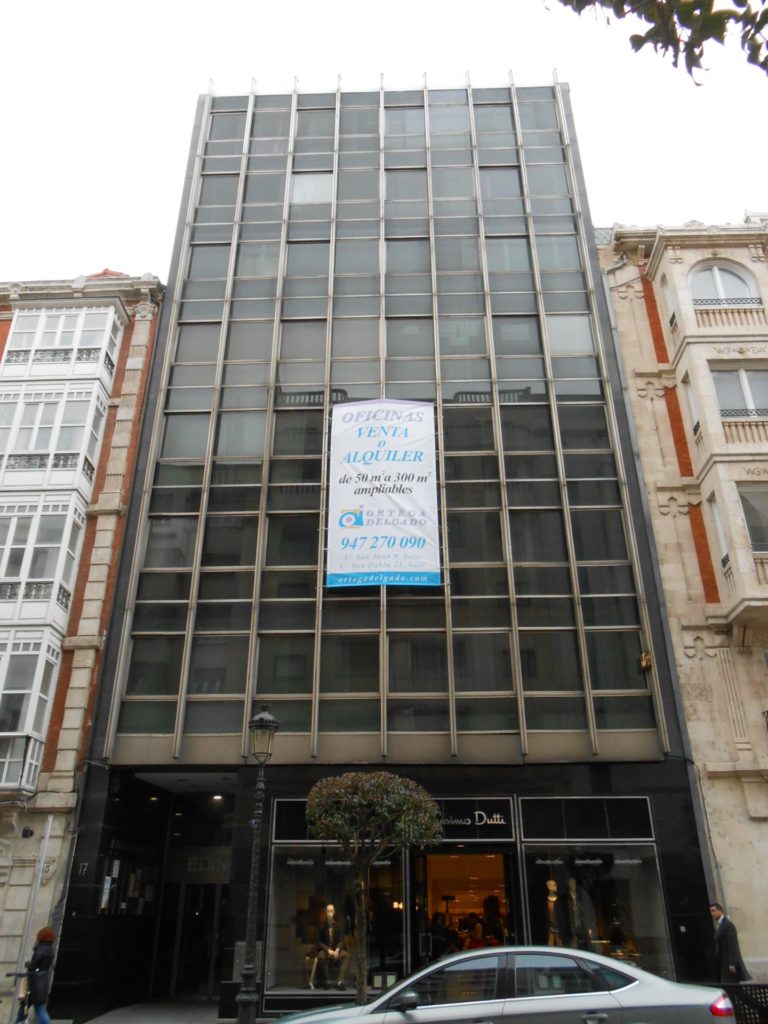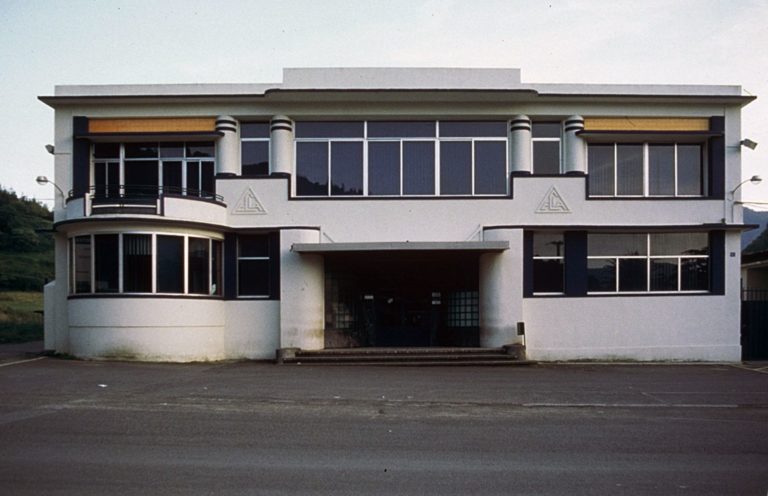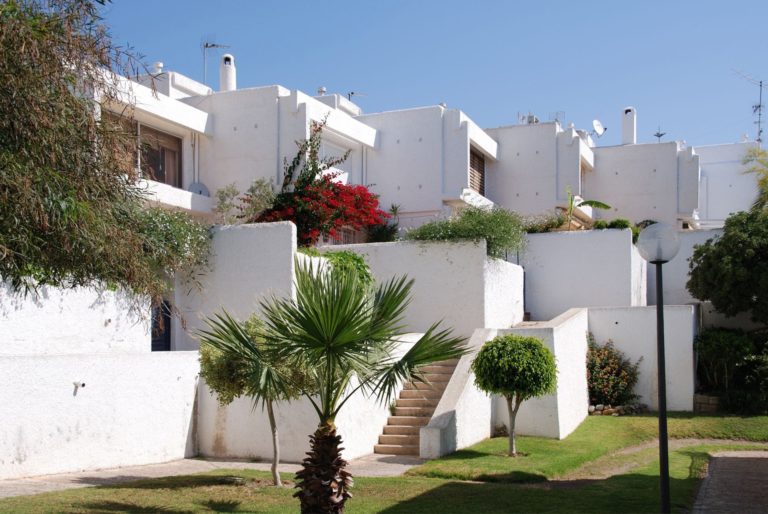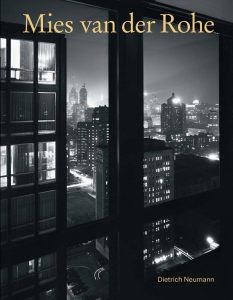Abstract
Architecture critique has historically used specialised publications as a dissemination channel. These publications, written by and for architects, have been of seminal importance in the creation of architectural culture in Spain. Nevertheless, this type of publication leaves out the non-specialised public, mistakenly considering them alien to these matters. In this case, the mass media has fi lled this space, carrying out a very important educational role. Its task has not been the a mere dissemination of contents, but it has also provided a platform for criticism and analysis of some of the main events in Spanish architecture over the course of the 20thCentury. In this study we analyse the years preceding and following the Spanish Civil War. A review of the issues that the main papers addressed allows us to grasp what the general reader perceived during a key period in our history of architecture. Regarding the election of the press sources analysed, we have chosen the two, most meaningful papers of the country during that period. On the one hand, ABC—and its Sunday magazine, Blanco y Negro—and on the other hand, La Vanguardia, the two papers which were the most infl uential at the time, which also represent two diff erent approaches to the reader. Besides this, their diff erent origins—Madrid and Barcelona—allows a comparative analysis between the two main centres of interest in Spain back then, not just in architecture, but also regarding social matters. Contrary to what may be expected, the discussion of architecture related issues in the press was rather signifi cant. Beyond the more or less forceful intentions, of overcoming certain outdated models at the beginning if the 20th Century, or the following identifi cation with political stances which became part of art critique columns, the work of Manuel Aznar, José Camón Aznar, or Miguel Fisac allowed Spaniards to have access to direct information regarding what was happening in the world of architecture. Moreover—and this is even more relevant—they could confront ideas and approaches which facilitated the construction of one’s own opinion. It would be a gross mistake to believe that ordinary Spaniards did not understand architecture then nor understand it now, or—even worse—that they are not interested in the subject whatsoever. This research tries to pave the way and to strengthen the use of press articles as an essential source to analyse Spanish architecture.
Access the thesis
